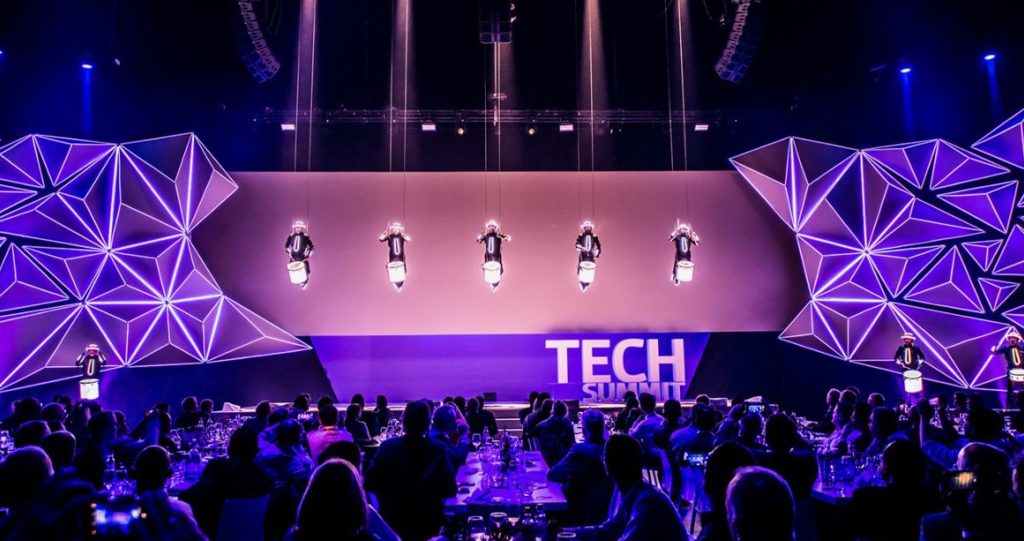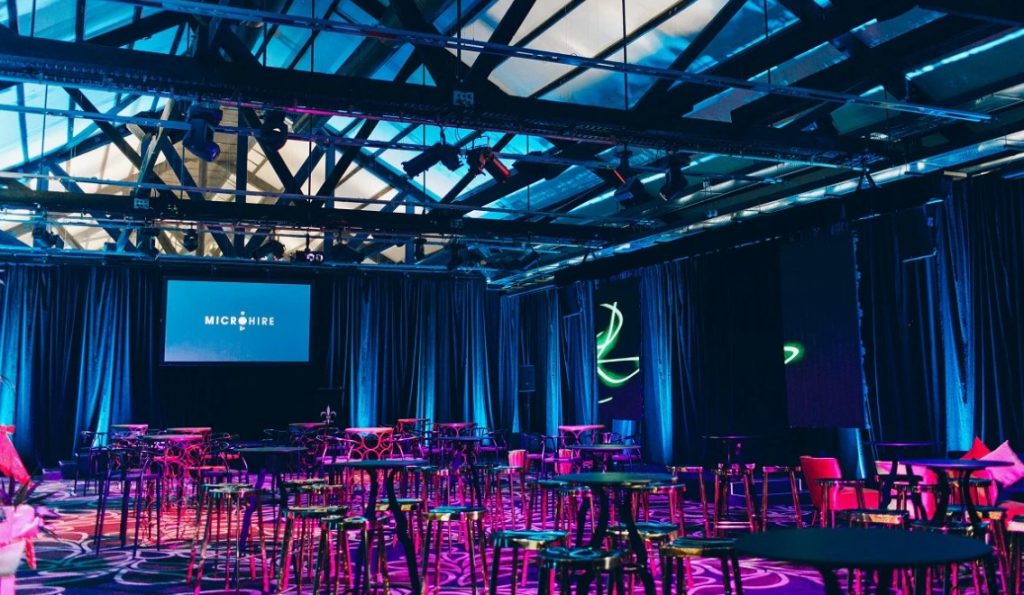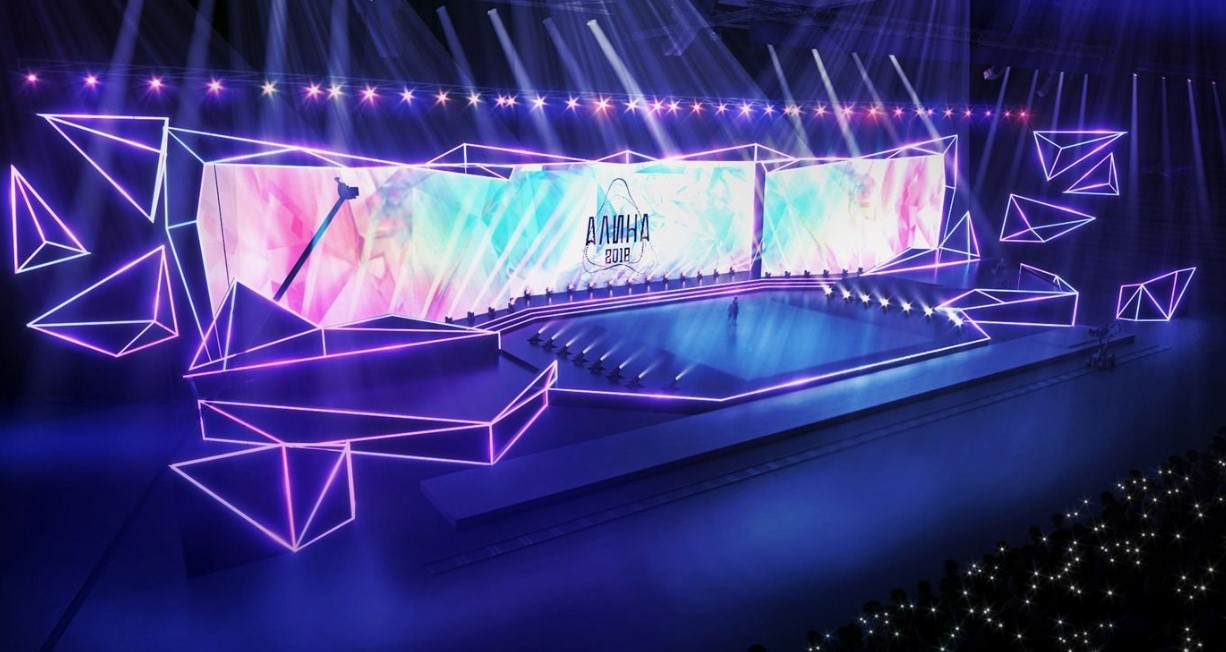Over time, there has been a notable evolution in event design that may be attributed to developments in technology, shifting cultural trends, and evolving audience expectations. Event design has evolved through time, from conventional layouts to cutting edge modern aesthetics. It is an interesting experience. With the help of in-depth explanations and research studies, we will trace the development of event design in this article and showcase the most recent aesthetic and layout trends.
Event design plays a crucial role in creating memorable experiences for attendees. It sets the tone, enhances engagement, and reinforces the event’s purpose. According to a study by EventMB, 84% of event planners believe that event design significantly impacts attendee engagement and satisfaction. Let’s explore how event planner in Dubai design has evolved and what contemporary trends are shaping the future of events.
Traditional Event Design: Foundations and Characteristics
The Role of Tradition in Event Design
Traditional event design is rooted in classical principles of aesthetics and functionality. According to a study published in the Journal of Event Management, traditional designs often prioritize formality, order, and predictability.
Characteristics of Traditional Event Design:
- Symmetrical Layouts: Traditional event designs often feature symmetrical layouts, with evenly spaced seating arrangements and a central focal point such as a stage or podium. This creates a sense of order and formality.
- Elegant Décor: Traditional events typically use elegant décor elements such as chandeliers, floral arrangements, and fine linens. These elements convey a sense of sophistication and timelessness.
- Formal Seating Arrangements: Traditional events often have formal seating arrangements, such as banquet-style seating for dinners or theater-style seating for presentations. This creates a structured environment.
- Classic Color Schemes: Traditional event designs often use classic color schemes such as black and white, gold and silver, or deep jewel tones. These colors convey elegance and formality.

The Shift Towards Modern Event Design
Modernization and Audience Expectations
As cultural trends and audience expectations evolved, so did event design. A study by the Freeman Company found that 90% of attendees expect events to be engaging and visually appealing, driving the shift towards modern event design.
Characteristics of Modern Event Design:
- Asymmetrical Layouts: Modern event designs often feature asymmetrical layouts, with unique seating arrangements and unconventional focal points. This creates a dynamic and engaging environment.
- Minimalist Décor: Modern events often use minimalist décor elements, focusing on clean lines, simple color palettes, and functional furniture. This creates a sleek and contemporary look.
- Flexible Seating Arrangements: Modern events often have flexible seating arrangements, such as lounge-style seating or modular furniture that can be reconfigured as needed. This creates a relaxed and adaptable environment.
- Bold Color Schemes: Modern event designs often use bold color schemes, such as vibrant hues and contrasting colors. These colors create a visually stimulating environment.
The Rise of Contemporary Event Design: Trends and Innovations
Contemporary Trends and Technological Integration
Contemporary event design is characterized by the integration of technology and innovative aesthetics. According to a study by EventTrack, 74% of consumers say engaging with branded event experiences makes them more likely to buy the products being promoted, highlighting the importance of contemporary design.
Latest Contemporary Trends in Event Design:
- Immersive Experiences: Contemporary event design focuses on creating immersive experiences that engage all the senses. This can include interactive installations, sensory elements, and experiential branding.
- Technology Integration: The use of advanced technology is a hallmark of contemporary event design. This includes virtual reality (VR), augmented reality (AR), projection mapping, and interactive screens.
- Sustainable Design: Sustainability is a key trend in contemporary event design. This involves using eco-friendly materials, reducing waste, and incorporating green elements such as live plants and biodegradable décor.
- Personalization: Contemporary event design emphasizes personalization, creating customized experiences tailored to individual attendees. This can include personalized signage, customized schedules, and interactive kiosks.
- Hybrid Events: The rise of hybrid events, which combine in-person and virtual elements, is a significant trend in contemporary event design. This allows for greater flexibility and accessibility for attendees.
Contemporary Event Design Elements
Immersive Experiences
Implementation Ideas:
- Interactive Installations: Set up interactive installations that allow attendees to engage with the brand or theme. For example, a fashion event could have a virtual dressing room where attendees can try on outfits using AR.
- Sensory Elements: Incorporate sensory elements such as scent diffusers, textured surfaces, and ambient soundscapes to create a fully immersive environment.

Technology Integration
Implementation Ideas:
- Virtual Reality (VR): Use VR headsets to create immersive experiences, such as virtual tours or interactive games. This technology can transport attendees to different locations or provide unique perspectives.
- Projection Mapping: Transform ordinary surfaces into dynamic displays using projection mapping. This can include projecting images, videos, and animations onto walls, floors, and ceilings to create an engaging visual experience.
Sustainable Design
Implementation Ideas:
- Eco-Friendly Materials: Use recycled and biodegradable materials for décor elements. For example, create centerpieces from reclaimed wood or use compostable plates and utensils.
- Green Elements: Incorporate live plants and natural elements into the event design. This can include green walls, potted plants, and floral arrangements made from locally sourced flowers.
Personalization
Implementation Ideas:
- Custom Signage: Create personalized signage for attendees, such as name badges with QR codes that link to their LinkedIn profiles or personalized welcome messages.
- Interactive Kiosks: Set up interactive kiosks where attendees can customize their schedules, choose breakout sessions, and receive personalized recommendations based on their interests.
Hybrid Events
Implementation Ideas:
- Live Streaming: Stream live sessions for virtual attendees, allowing them to participate in real-time. This can include live Q&A sessions and interactive polls.
- Virtual Networking: Create virtual networking opportunities for remote attendees, such as virtual breakout rooms and chat forums.
The Future of Event Design: Emerging Trends
Predicting Future Trends
According to a report by the Global Association of the Exhibition Industry (UFI), the future of event design will be shaped by emerging technologies and changing audience expectations.
Emerging Trends in Event Design:
- Artificial Intelligence (AI): The use of AI in event design is expected to grow, with applications ranging from personalized recommendations to automated event planning.
- Biophilic Design: The integration of nature into event design, known as biophilic design, is expected to become more prevalent. This involves using natural materials, plants, and natural light to create a connection to nature.
- Smart Venues: The rise of smart venues, equipped with advanced technology and connectivity, will enhance the event experience. This includes venues with integrated AV systems, IoT devices, and high-speed internet.
- Wellness-Focused Events: The focus on wellness and mental health in event design is expected to increase. This includes incorporating wellness activities, healthy catering options, and relaxation areas.
Conclusion
The evolution of event design from traditional to contemporary trends reflects the changing landscape of the events industry. By embracing immersive experiences, integrating technology, prioritizing sustainability, personalizing experiences, and adopting hybrid event models, event planners can create engaging and memorable events that resonate with attendees.
As we look to the future, the continued integration of emerging technologies and a focus on wellness and sustainability will shape the next generation of event design. By staying informed about the latest trends and continuously experimenting with new ideas, event planners can create innovative and impactful events that exceed attendee expectations.

I am an accomplished coder and programmer, and I enjoy using my skills to contribute to the exciting technological advances that happen every day.
